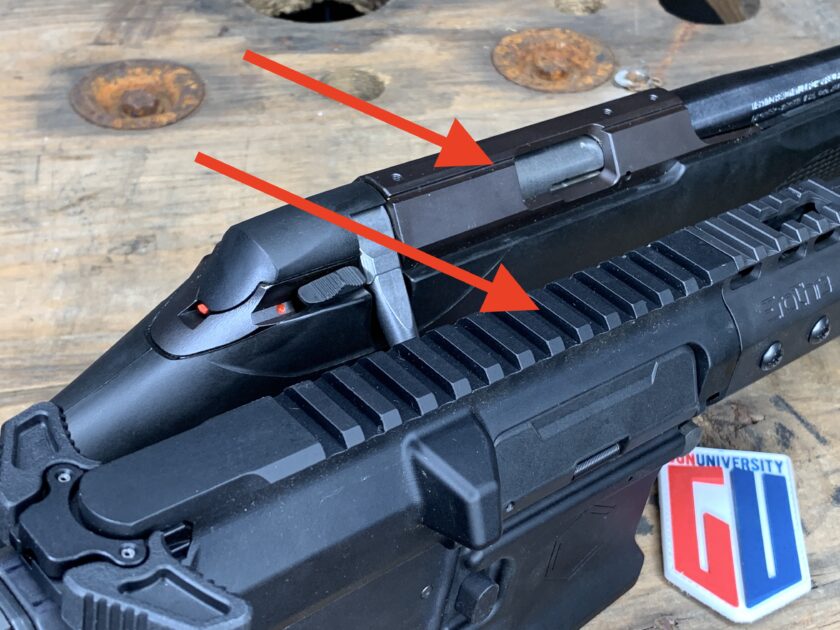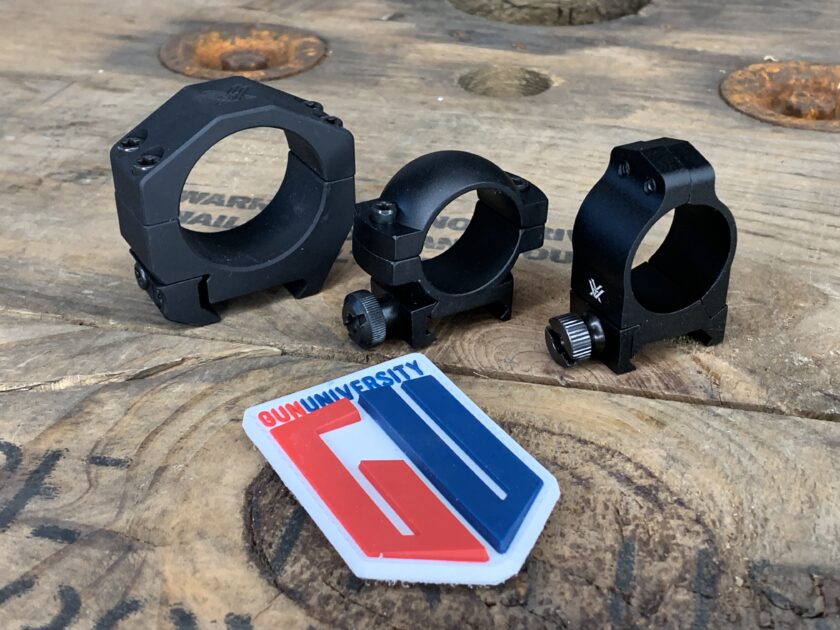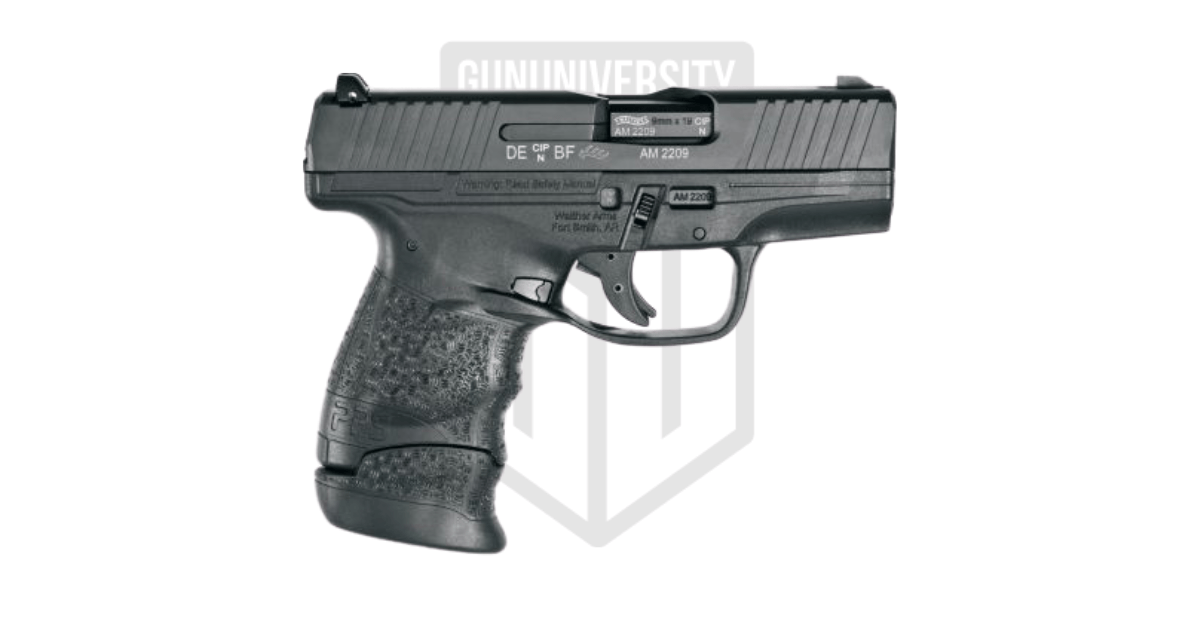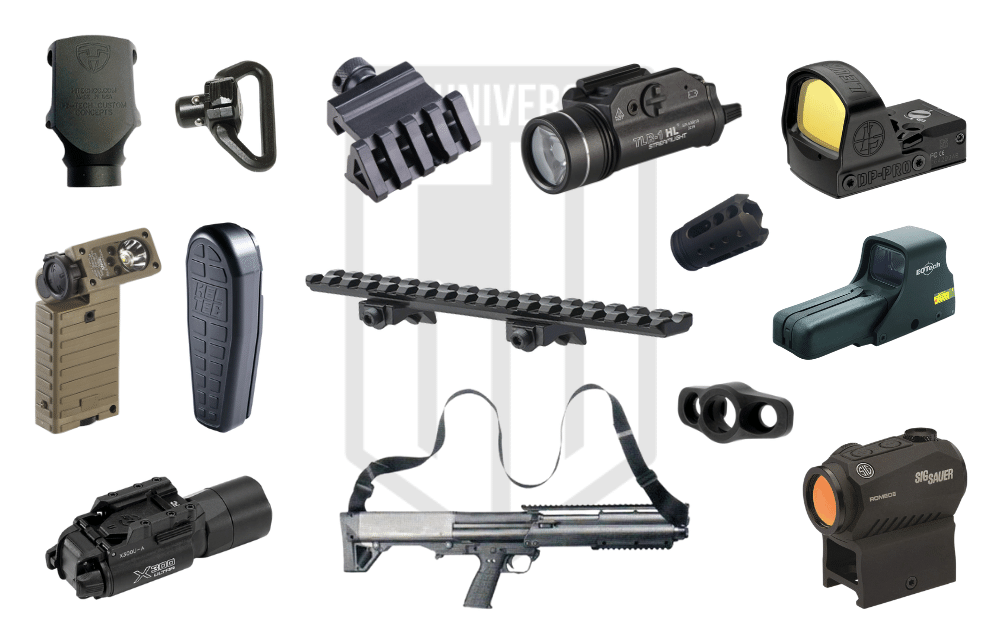Ultimate Guide to Selecting Scope Rings, Bases, & Interfaces
In order to mount your scope, you’re going to need to ensure you have the right base that has an interface that connects with the right rings. However, what makes it the right base or set of rings?
The art of finding the right setup for your rifle and scope can be a bit complicated. But no worries, because this article will not only teach you what to look at when selecting bases and rings but will give you the tools and confidence to make the right choices and thus be able to properly mount your scope.
In order to do that, we’ll break down each part. But first, let’s talk about a tool that will do all of this for you.
Scope Ring and Base Finder Tool
Back in the day, those who wanted to mount their scope to their rifle would have to work hard to research and discover the right rings and bases for their rifle. Sometimes they’d make an easy mistake (as you’ll see later in this article) that would cause them to buy the wrong parts, and lose money.
But not anymore. Luckily, there is a tool that will not only help you find the right rings and bases for your scope/rifle combo, but it will also find the cheapest price online.
In order to use the free scope ring finder, all you need to do is select your exact scope, then select your rifle, and choose which interface you would prefer (We’ll discuss that later below). Then it will find all the possible rings and cases that would work with your rifle/scope combo and find the cheapest price.
However, if you’d like to know more about what goes into the calculations and variables to consider, then read on and we’ll help to explain that further.
Parts to Mounting or Attaching a Scope
Let me break down the parts to consider when mounting a scope. They are;
Rifle Base
The rifle base (sometimes called a scope base) is the part on top of the receiver of the rifle to which the scope rings attach.
On some rifles, the base is integral to the design of the rifle. However, on most hunting rifles, the base is a separate part that is attached to the receiver via screws. Examples of integral bases are the rails found on the top of an AR-15-style rifle (bottom) and on a Tikka T1X rimfire rifle (top) noted by red arrows in the image below:

Note how distinct the two rails in the above picture are – they are two completely different interfaces that MUST have scope rings that work with those interfaces, or else the rings won’t attach to that rifle.
The AR-15 rifle has a “Picatinny Rail” whereas the integral rail on the Tikka is called a “Dovetail Rail.” We’ll discuss more on base and ring interfaces below. Also, note the screw-holes on the top of the Tikka rifle – these are for mounting a separate rail and therefore give the shooter a choice whether to use the integral Dovetail Rail or whether to mount a rifle base as a separate part. If you intend to mount a base to your rifle, you should ensure 3 things:
- The base is the interface style you want (and it matches your scope rings),
- The base is the proper elevation, and
- The base will fit your rifle.
Base Interface Interface options for your rifle’s base will be explored in a bit so for now, let’s cover the proper elevation for your base and whether it fits your rifle.
Base Elevation Most bases, for most purposes, will have no elevation built-in. This means that the base is perfectly flat to the receiver and/or axis of the bolt. However, for long-range shooting, it is often desirable to have a base with some elevation. An elevated base, for example, a 20 MOA base, is higher at the back than it is in the front – in this example, it has a 20 Minute of Angle slope. If you’re not familiar with Minutes Of Angle / MOA, check out our article here. For this article’s purposes, please just ensure that you have the elevation you want.
Base to Rifle Fit As far as if the base fits your rifle, you must confirm the base’s capability to fit your rifle. For example, a rifle base for a Remington 700 rifle with NOT fit a Savage 110 rifle.
Scope Rings
Your scope rings must be:
- The right diameter for your scope
- The right height for your scope to fit on your rifle
- The correct style for your needs
- The correct interface to mount to your rifle’s base.
As you can see from this picture of various scope rings, they can vary greatly in size, height, and style:

Scope Ring Diameter A scope ring’s diameter is fairly straightforward. The “ring” of the scope ring must be the correct size for your scope’s body. For example, a 34mm ring will not be suitable for mounting a scope with a 1″ diameter body.
Scope Ring Height The correct height for your scope rings is not so straightforward. The rings must be tall enough to fit your particular model scope (especially the objective and ocular housings) on your particular rifle and barrel profile. However, the rings must not be so tall that they make it awkward to shoot the rifle.
Scope Ring Style Scope ring styles vary as greatly as styles of rifles. For example, you can get durable/beefy tactical style rings for hard use or lightweight rings meant for an ultra-light hunting rifle build. Both are great for their intended purpose and horrible for the other purpose.
Scope Ring Interface As we’ve mentioned above, and will explore below, there are many possible interfaces for your scope rings. You should select the best style for your needs and you must select an interface style that matches your rifle’s base. To make matters slightly more difficult, there are even rings that don’t need a base and they mount directly to your rifle. In this way, the bottom of the rings is the base.
Base and Ring Interface
There are many interface options for your scope rings and rifle base for your rifle and although some styles overlap their purposes, some interfaces are particularly suited for a particular need or use.
If you’d like to learn more, please check out our article on the Types of Scopes Mounts.
Here are some popular interfaces and what they’re best for:
| Interface | Purpose | Pros | Cons |
|---|---|---|---|
| Picatinny | Tactical and/or Precision Shooting | Strong, Many mounting locations, Very common | Heavy, Bulky |
| Dovetail | Hunting, Rimfire, Small Rifles | Simple, lightweight, Many positions (front and back) | Not very strong |
| Cross-Slot/Universal | Hunting, Plinking | Inexpensive, Common | Not very strong, Limited mounting positions |
| Integral | Hunting, Lightweight rifles | Lightweight, Simple | Limited mounting positions |
| "Standard" | Hunting | - | Limited mounting positions, Old system |
| Quick Release | Hunting rifles with iron sights | Can be removed quickly to use iron sights as backup. | Limited mounting positions, not the most stable |
Whichever you choose, don’t forget to make sure that the interface for the rings and base match!
The Final Pieces to your Scope Mount
So, there you have it. There are many things to consider when choosing the rings and base for mounting your scope. Get something wrong, and you’ll either not be able to attach your scope, constantly be inaccurate, or be uncomfortable.
Therefore, if you do need to find the right scope rings or base, be sure to use the Scope Ring Finder and ensure you’ve got the right set, for the best cost. And, if you’d like to learn more, check out Rifle Scope Mounts
Recent Posts
December 15, 2025
December 15, 2025
December 12, 2025
December 12, 2025






I never knew that scope rings actually vary greatly in styles just as much as rifles do, so it was certainly helpful when you mentioned that it’s best to get durable, tactical style rings for hard use and lightweight ones for ultra-light hunting rifle builds. My friends took me out for rifle shooting last week, and I’ve been hooked ever since. I hope I’ll be able to find good scope rings to buy once I invest in a rifle for myself too.